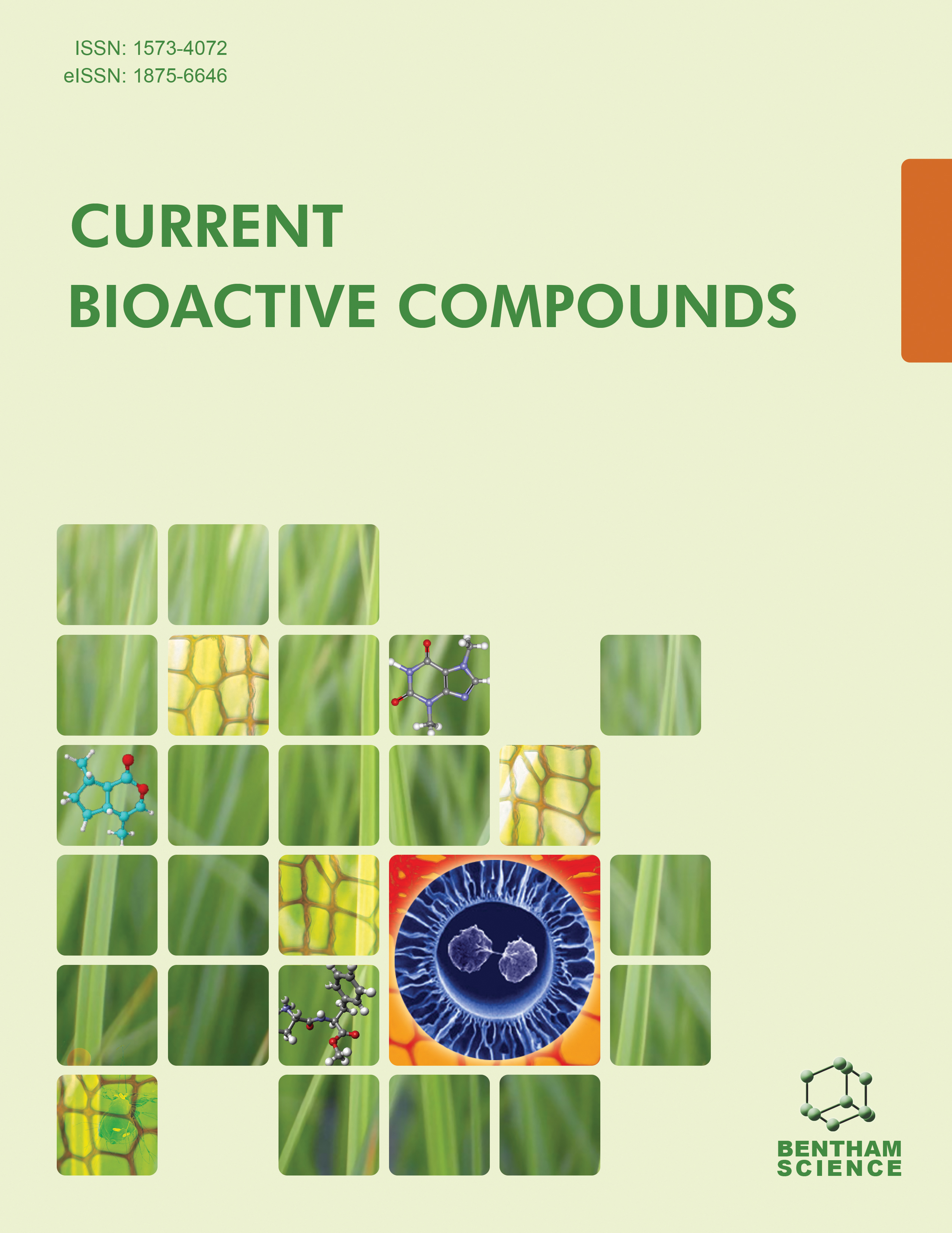
Full text loading...
To provide a comprehensive, detailed review of the pharmacological benefits of cinnamaldehyde (CA) and its derivatives. Cinnamon is one such medicinally important spice that finds space in all Indian kitchens due to its myriad health benefits. This review aims to compile the scientific literature and provide a comprehensive analysis of pharmacological properties and cellular signalling pathways inhibited by CA. For collecting the literature, databases like PubMed, Scopus, Science Direct, Web of Science, and Google Scholar were searched using the keywords “cinnamaldehyde”, “cinnamic acid”, “molecular targets”, and “pharmacological activities”. Further screening was performed manually by thoroughly reading the abstract or full copy. CA has proven its pharmacological activity against different illnesses/diseases such as cancer, inflammation, bacteria, and fungi, where scientific validations and molecular insights have been made for its targeted signalling pathways. Researchers have synthesized several novel derivatives of CA that highlight, either alone or in synergism, the enhanced effectiveness. However, there is a need to develop a cost-effective and economical approach to produce CA derivatives on a large scale. Research aimed at turning CA into a therapeutic will be beneficial and open the door for other phytoactive compounds as well. CA has a wealth of medicinal potential.

Article metrics loading...

Full text loading...
References


Data & Media loading...

